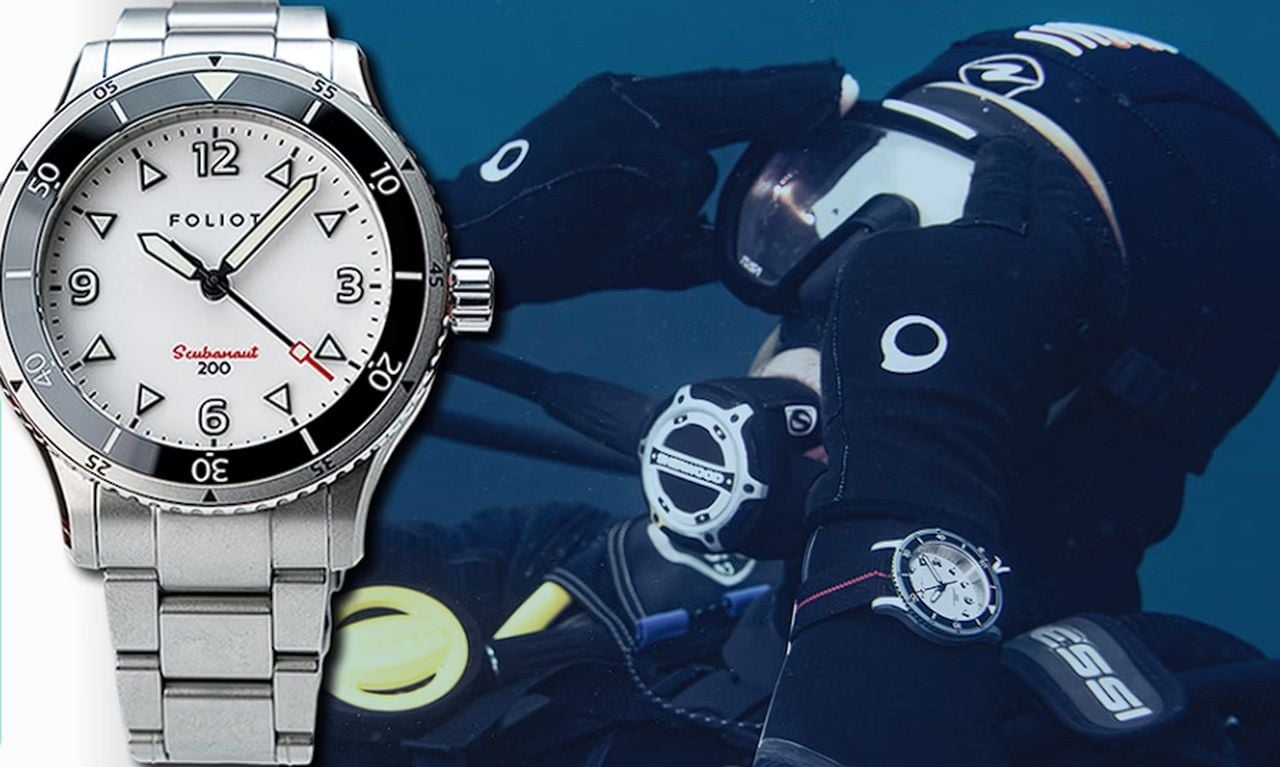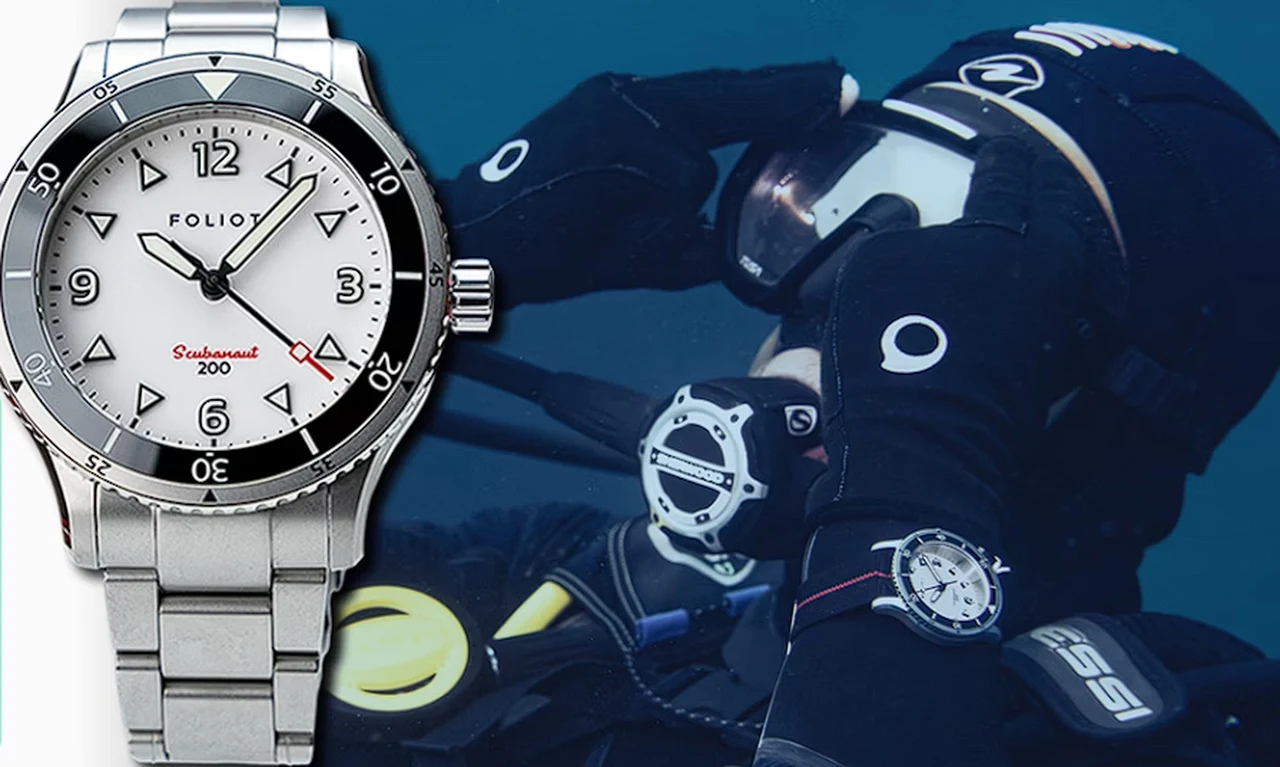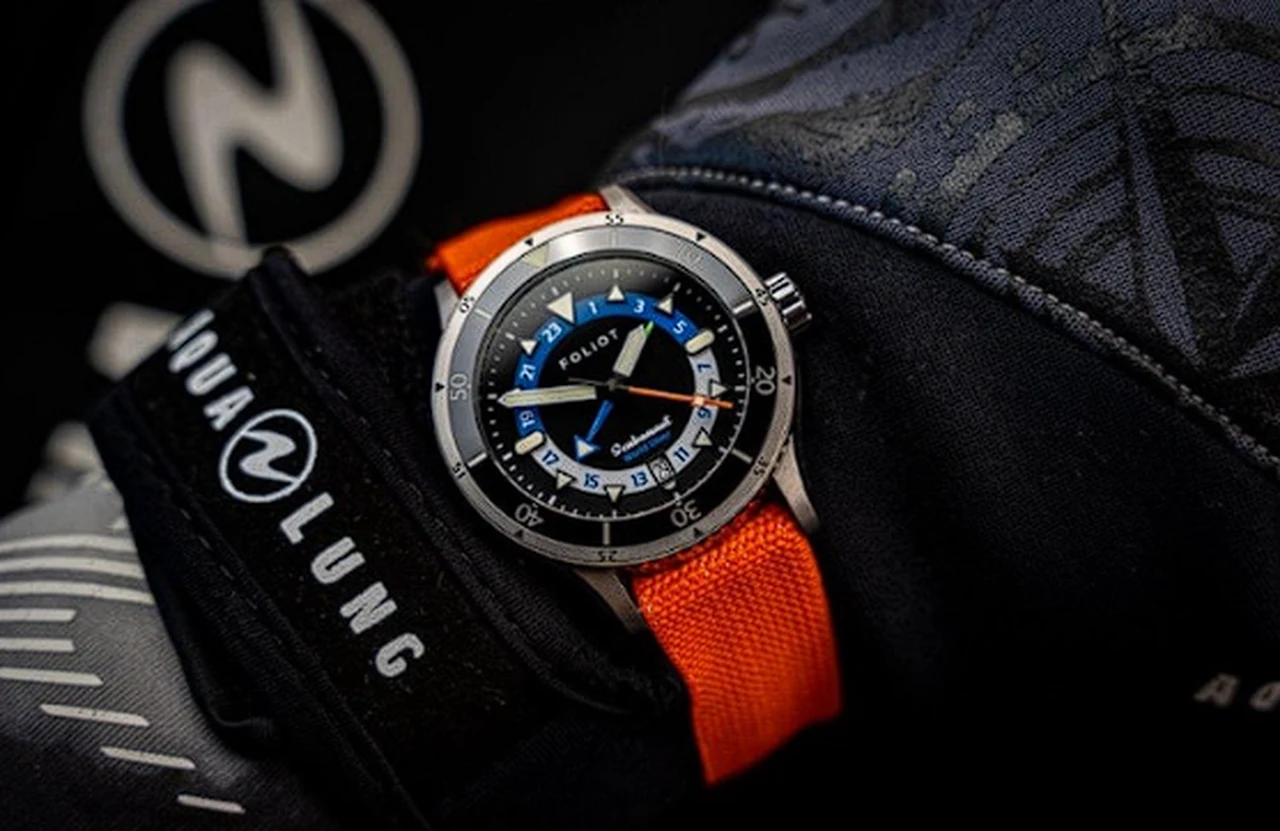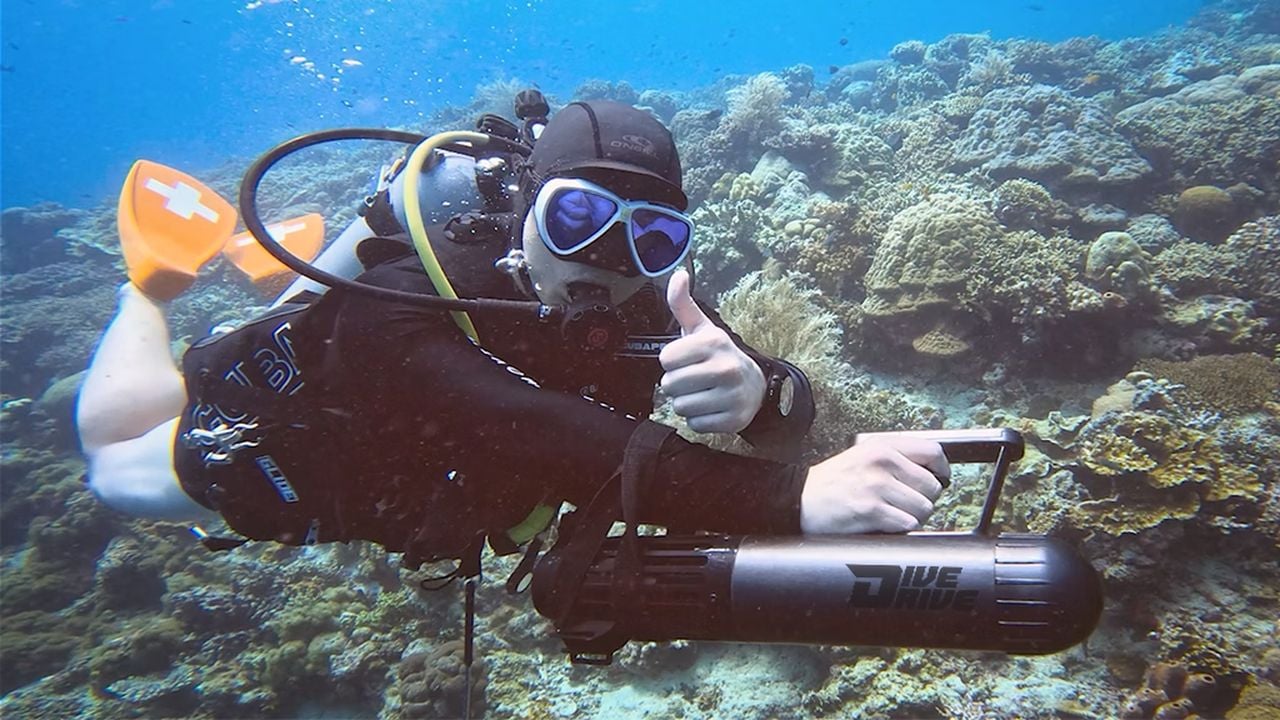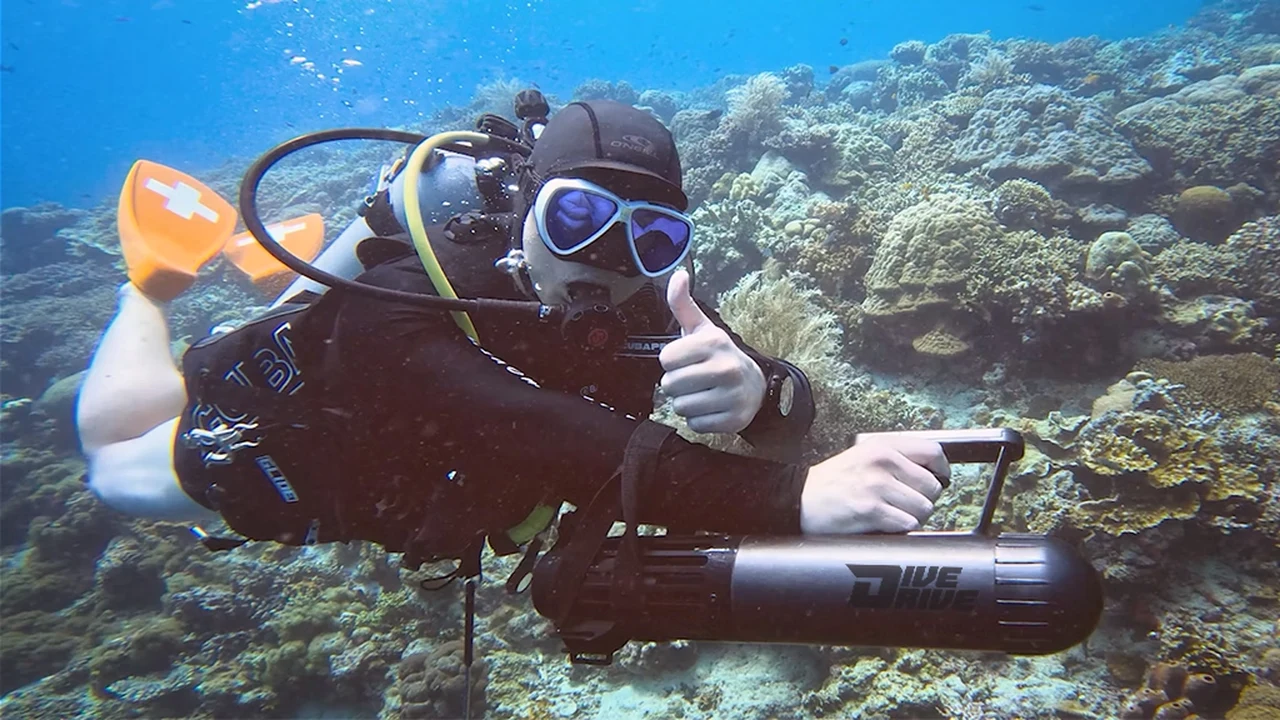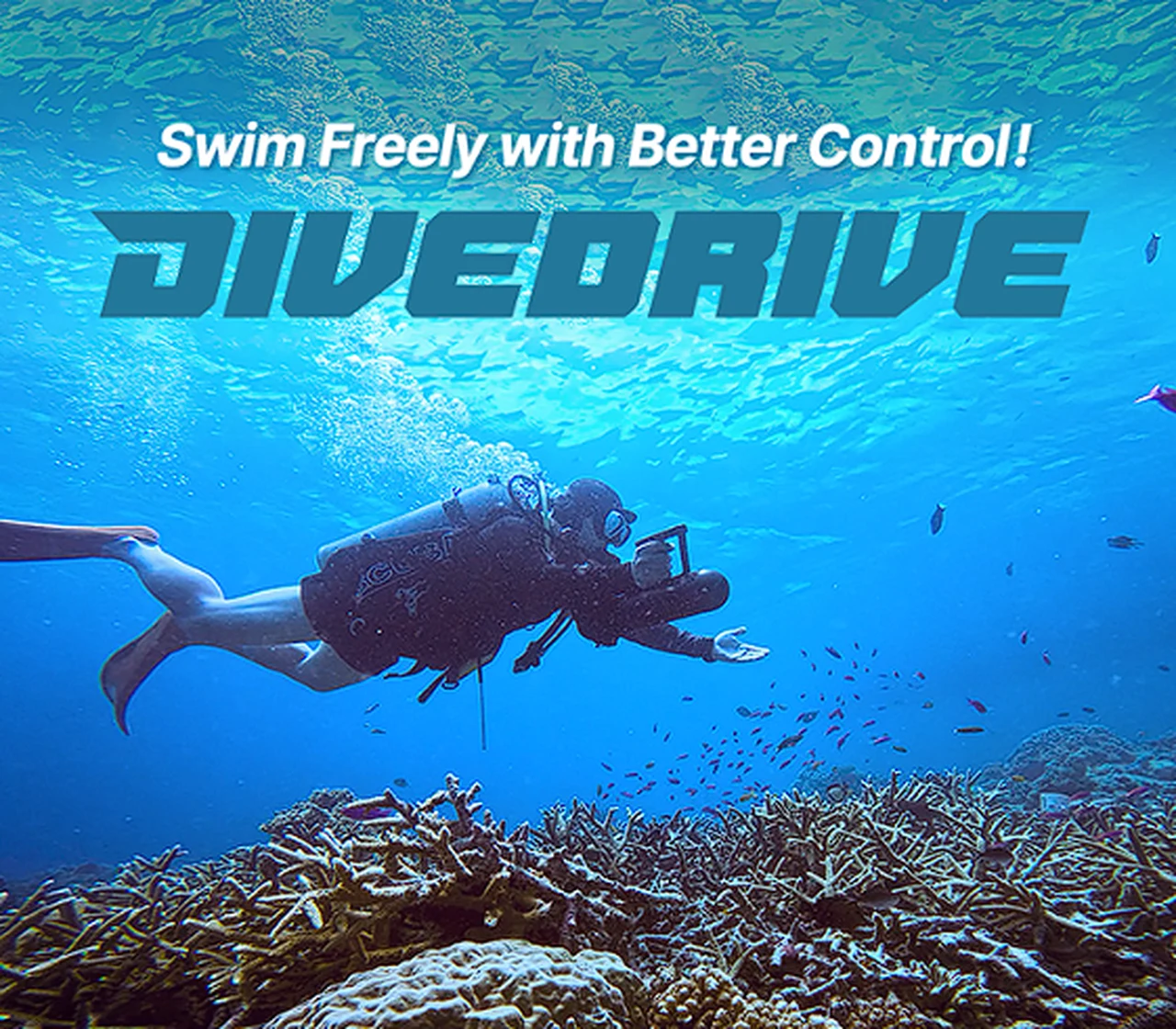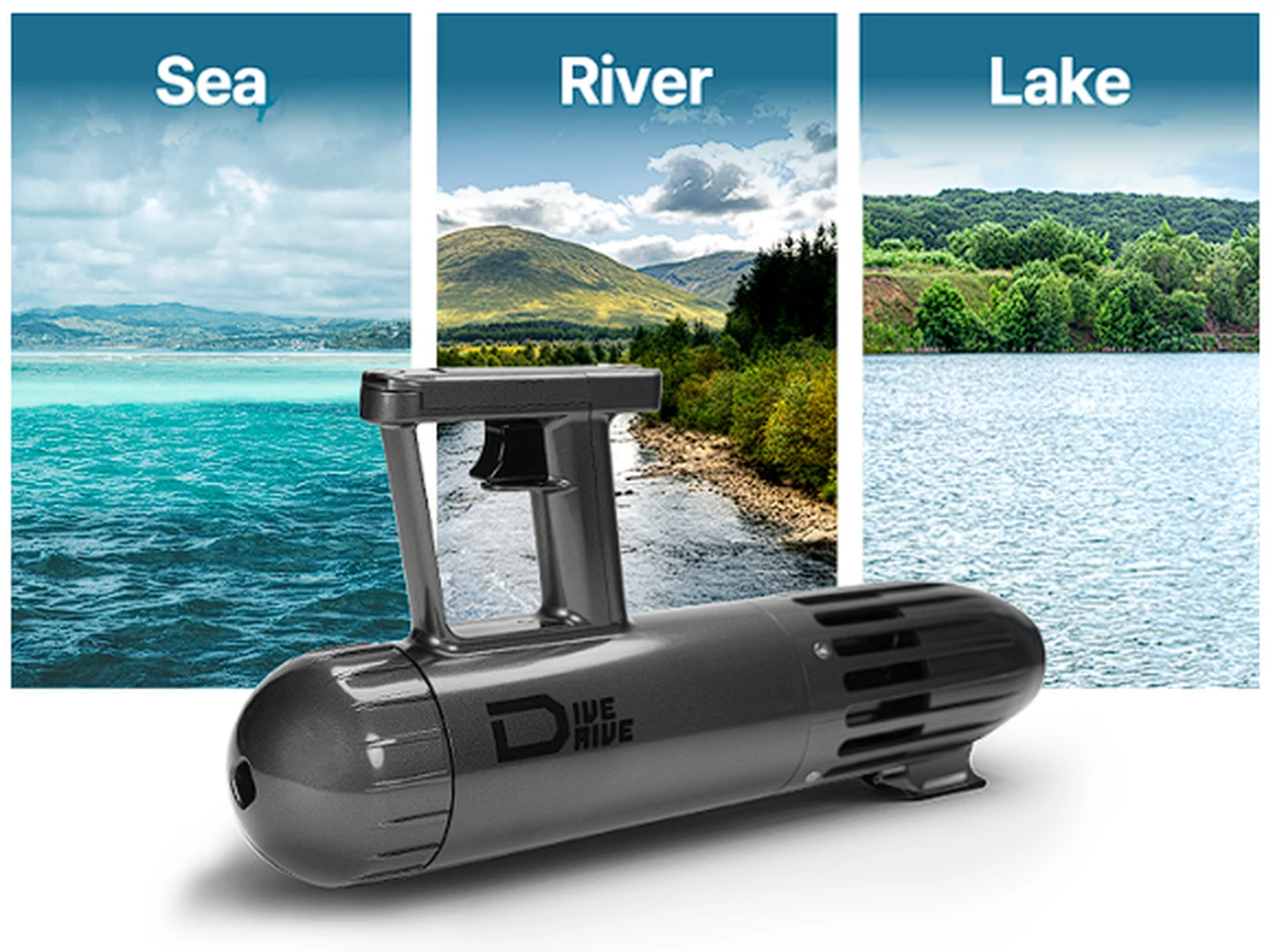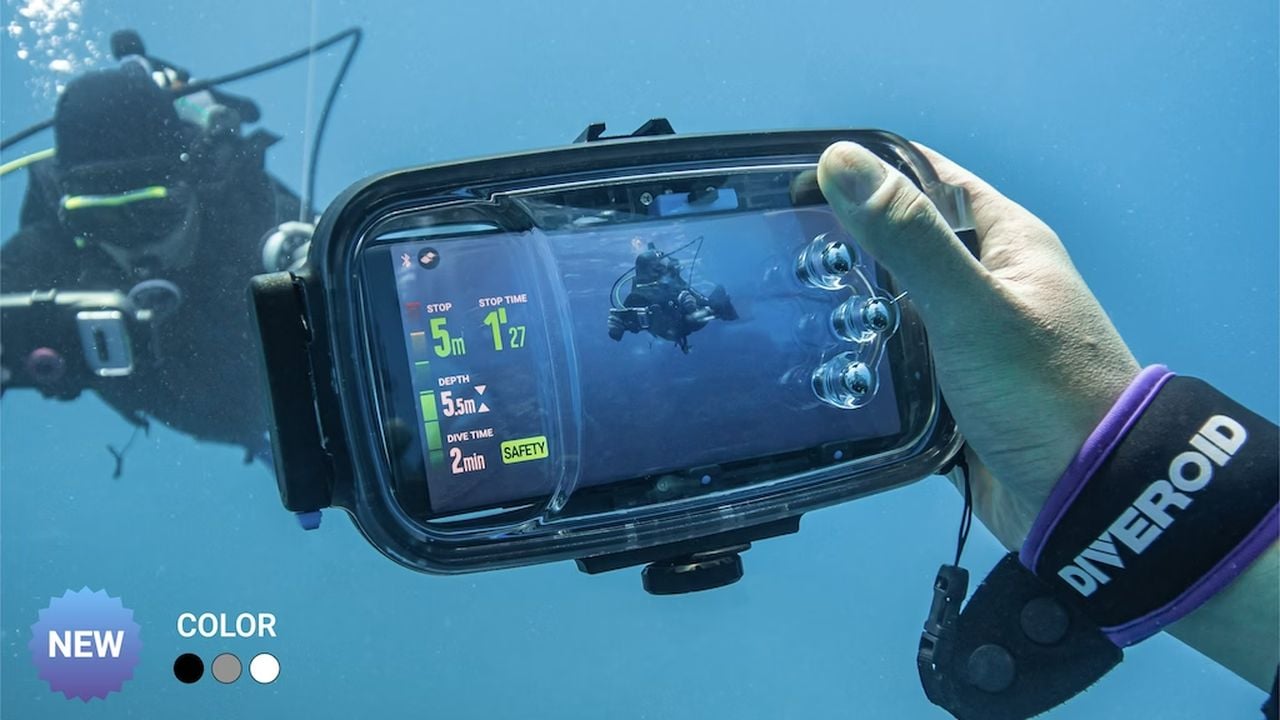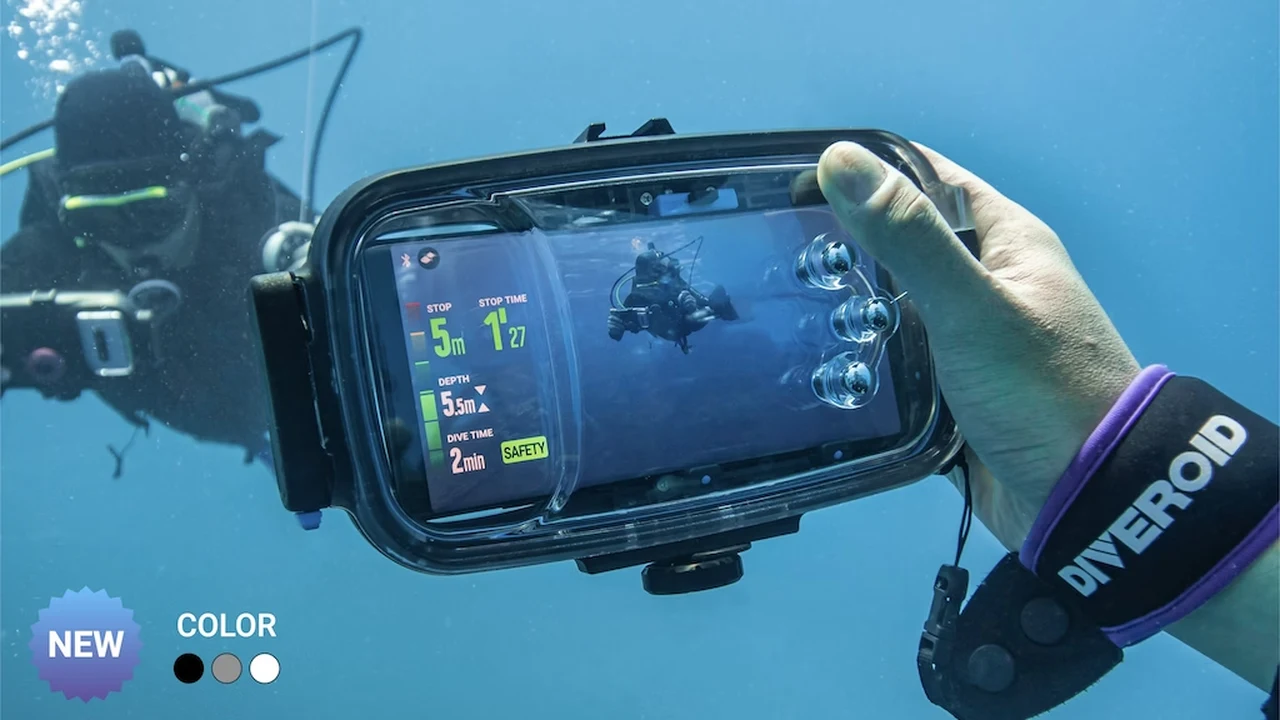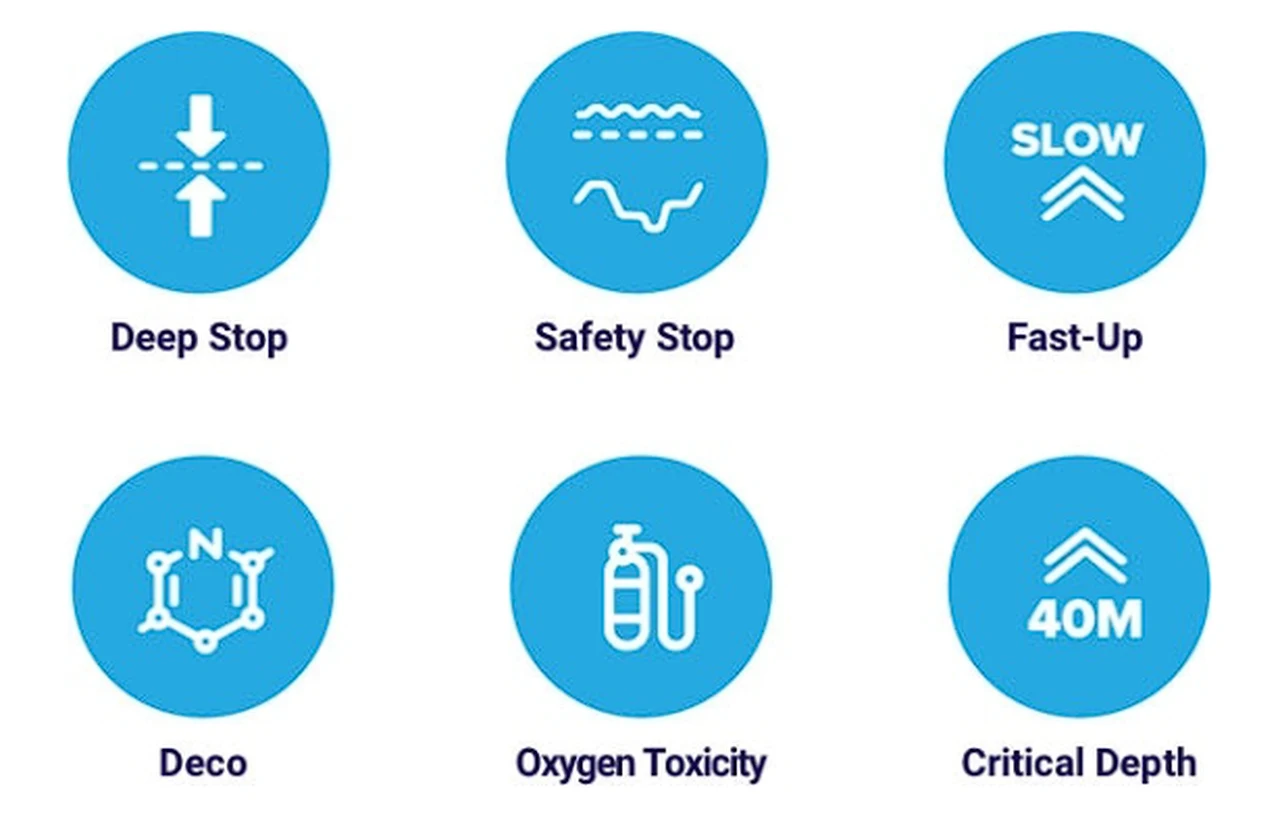[ad_1]
OnePlus has revealed the OnePlus Watch 2 Nordic Blue, a special edition of its OnePlus Watch 2 which offers a classic dive watch-style dial, new strap and other touches.
The OnePlus Watch 2 Nordic Blue shares the same internal specs as the regular OnePlus Watch 2, including its 100-hour battery life (made possible by its crafty use of dual chipsets) and Wear OS 4. No new workout profiles or other internal features have been added to this edition of the watch: it’s all external changes to this contender for one of this year’s best smartwatches for Wear OS users.
As well as the new two-tone colorway and GMT dial in the style of classic chronometers, the strap is a hybrid of real leather and fluoro rubber, so it’ll look slick on the wrist and remain ‘skin friendly’, although it’s not clear at present whether the genuine leather aspects of the strap will be fully waterproof or not. In a statement, OnePlus said the watch is inspired by “Scandinavian beauty and design aesthetics.”
OnePlus Watch 2 is available for pre-order now in the UK and EU for £329, equivalent to around $407 / AU$630. At a press conference in Finland on 23 April, it was referred to as a UK and Europe exclusive, costing €379 euros on the continent.
It’s a slight price increase compared to the standard Watch 2, which costs £299 in the UK, but that often happens with limited or special editions. Those who pre-order the OnePlus Watch 2 Nordic Edition in the EU through the OnePlus website can also get a free pair of OnePlus Buds 3 with the purchase.
OnePlus has also revealed the price of the OnePlus Pad Go, its already-revealed budget tablet, which is now available to buy in the UK for £299.
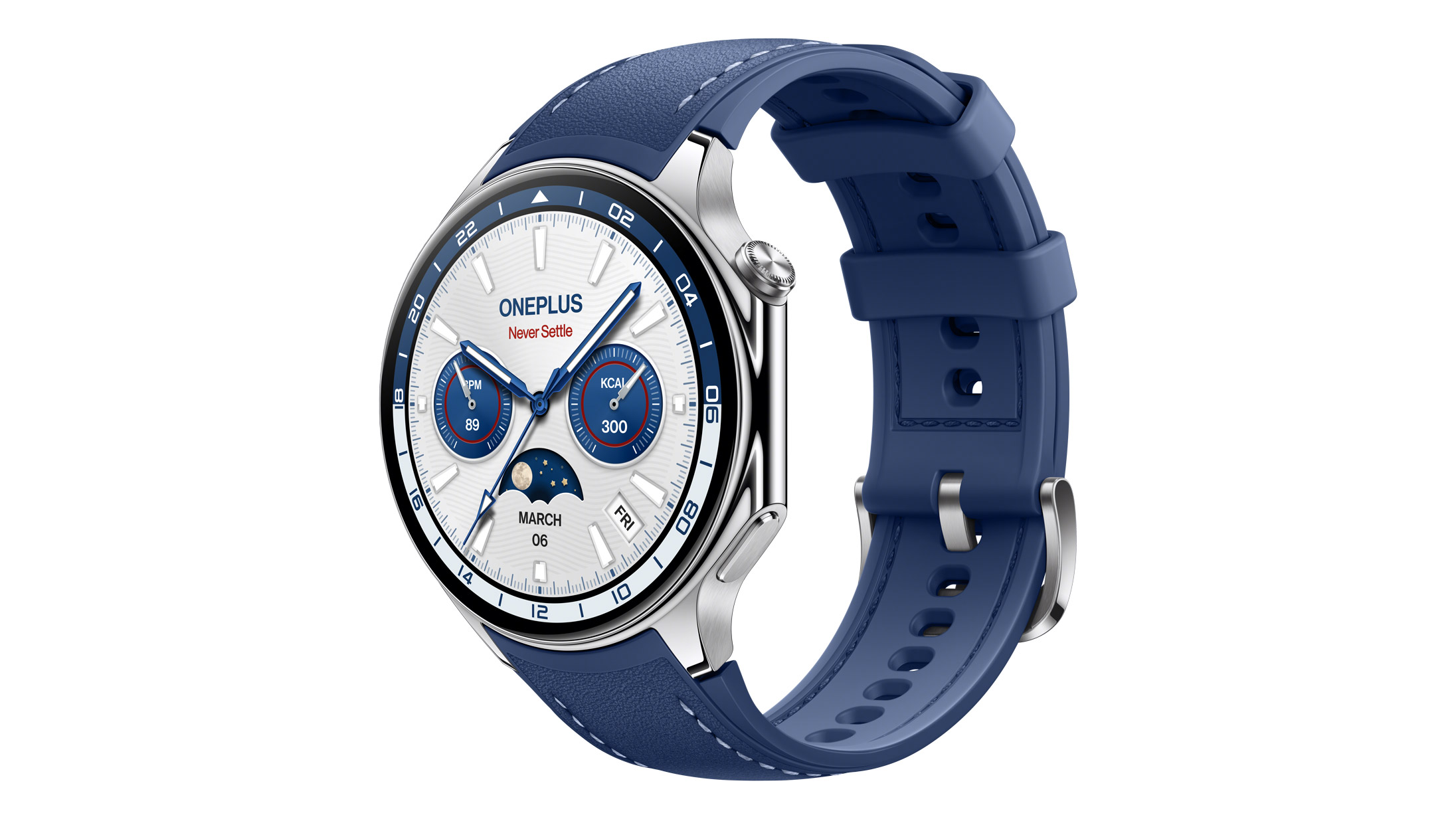
Analysis: OnePlus moving into style territory
OnePlus has its fair share of evangelists, but most are people with good knowledge of the technology and smartphone market. The OnePlus Watch 2 Nordic Blue edition represents the Chinese communications brand’s first real foray into lifestyle territory, an attempt to woo more European customers with its Scandi aesthetics and analog watch-inspired design.
It just might work. At the time of writing, our OnePlus Watch 2 (non-Nordic blue) is being reviewed, but OnePlus is far more likely to make headway with a lifestyle watch in the West than other Chinese companies (like Huawei with its beautiful Huawei Watch Ultimate), for the simple reason that it runs Wear OS and can be used with people’s Google accounts.
This means, unlike Huawei, you’re not locked into needing a OnePlus phone to make the most of it; you can connect to one of the best Android phones, grab a couple of third-party apps and get on with things. The 100-hour battery life also means it’s usable over a long weekend, great for active wearers who find themselves using a lot of the battery-sucking GPS-powered workouts such as hiking, running and cycling. Making the watch more stylish with a leather-effect strap and cool dive watch feel is the icing on the cake.
Lifestyle versions of existing smartwatches aren’t a new phenomenon in wearables, but OnePlus’ first go at it emphasizes the watch’s existing fitness credentials, already-long battery life, and the Watch 2’s chunky aesthetic – which benefits from the dive watch makeover. It shares the same design ethos as the Samsung Galaxy Watch 6 Classic and, at the higher end, the Garmin Marq range such as the Garmin Marq Athlete (Gen 2), bringing in traditional chronograph elements to shake up their endless procession of silicone bands and black screens.
OnePlus Watch 2’s makeover might not yet woo Samsung Galaxy users, who are firmly embedded in the Samsung ecosystem, or Garmin diehards dedicated to outdoor adventure and batteries that last weeks rather than hours. However, those looking for a cool-looking watch running Wear OS, with battery life beyond Google Pixel Watch 2’s 24 hours, might have found what they’ve been looking for at last.
You might also like…
[ad_2]
Source Article Link





